Summit vs Conference: Defining High-Level Meetings
Do you know what the difference is between a summit and a conference? I’ve seen people saying that it’s the same thing, but in reality, both are completely different. Both of them are a professional gathering function but what else?
If organizations can understand the distinct roles of summits vs conferences, they can make changes that will increase the number of participants in such gatherings. So, it’s important to know which one is better for you.
In this article, I’ll give a detailed overview and mention all the key differences between summits and conferences.
The Evolution of Professional Gatherings
The modern summit traces its origins to the 1944 Bretton Woods Conference, which established the foundation for international economic cooperation. This gathering of 730 delegates from 44 nations set the pattern for high-stakes leadership meetings that persist today. Summits emerged as forums where decision-makers could address complex challenges through intensive, focused discussion.
Conferences developed along a parallel but distinct path, growing from academic roots into broad professional development events. The first TED conference in 1984 exemplifies this evolution – beginning as a one-time meetup exploring technology, entertainment, and design, it grew into a global platform for spreading ideas across disciplines.
Understanding Summits: The Executive Forum
Modern summits serve as catalysts for high-level decision-making and strategic alignment. The World Economic Forum’s annual meeting in Davos illustrates the summit format at its most developed.
Here, heads of state meet alongside corporate leaders and policy experts in carefully orchestrated sessions designed to foster meaningful dialogue on global challenges.
Summit programs typically span two to three intensive days. Morning plenary sessions set the common context for all participants, while afternoon breakouts enable focused discussion on specific challenges.
Evening functions serve a crucial role in relationship-building among key stakeholders. The invitation-only nature of summits shapes their character fundamentally.
The G20 Summit restricts participation to heads of state and their immediate advisors, ensuring discussions can address sensitive topics with appropriate authority. This exclusivity enables frank dialogue and rapid decision-making but limits broader participation. There are several benefits of hosting a summit, which you can see in the infographic below.
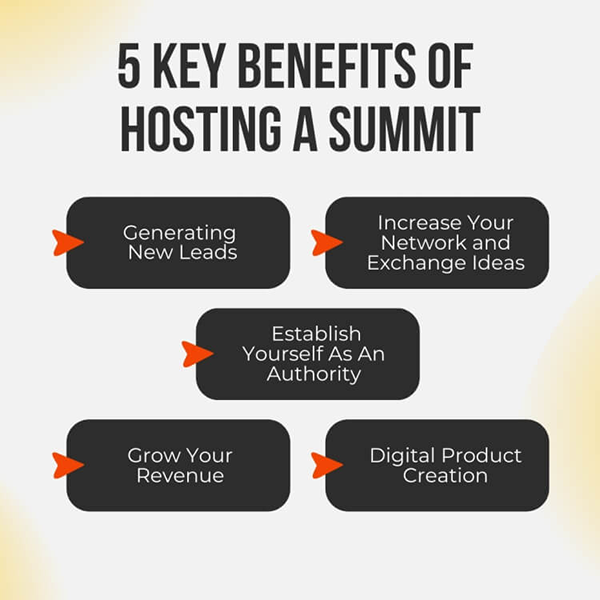
Conferences: Forums for Learning and Connection
Conferences serve as platforms for knowledge dissemination and professional networking across experience levels. The Adobe Summit demonstrates how these events balance educational content with networking opportunities.
Its program structure enables attendees to customize their experience through multiple concurrent tracks while maintaining opportunities for spontaneous connection.
Conference duration typically ranges from three to five days, with programming designed to accommodate different learning styles and engagement preferences. Morning keynotes bring all guests together to explore broad themes, while afternoon breakouts offer a detailed exploration of specific topics.
Evening networking seminars facilitate organic connection-building among participants. Registration policies for conferences prioritize inclusivity while managing capacity constraints.
South by Southwest (SXSW) exemplifies this approach, welcoming hundreds of thousands of spectators across its various tracks while maintaining content quality through careful speaker recruitment and session design.
Since it’s a digitalized era, conferences can be done online as well. And it also has several benefits that you can learn from the given infographics.
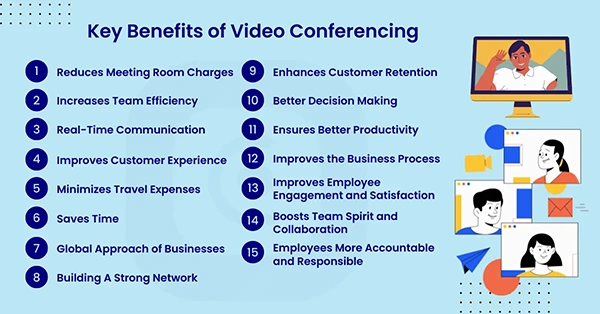
Why Your Format Dictates Who Tunes Out
Let’s get real: the fastest way to kill an event is to confuse the audience with attendees. I watched a 200-person “summit” collapse into glorified Zoom calls because the host crammed in 150 mid-level managers chasing certifications.
Meanwhile, a 20-person forum at a climate summit I advised sparked three joint ventures—because they ruthlessly excluded anyone without budget oversight.
Summits Die by Democracy
Summits aren’t TED Talks. The worst ones feel like group therapy for high-paid consultants. At a recent blockchain event, a CEO told me: “I didn’t fly 14 hours to hear a startup founder pitch.”
His fix? Enforce hierarchy. We redesigned the agenda so C-suite panels occurred before breakout groups, letting junior staff absorb leadership priorities before contributing. Entries at post-lunch sessions jumped 40%.
Conferences Thrive on Controlled Chaos

Ever seen a conference room where half the crowd is on LinkedIn? That’s not a failure—it’s a feature. Conferences need a managed distraction. At a healthcare conference, I worked with implanted “solution stations” between stages: 10-minute demo areas where vendors could pitch, but only to those who scanned session QR codes first. Lead quality tripled because engagement became transactional, not accidental.
The 70/30 Rule Nobody Follows (But Should)
- Summits: 70% of content should be unscripted. Pre-circulate materials so stage time focuses on debate, not talk segments. One biotech exec shares pre-reads with a twist: “Send me one question that’ll make me sweat.” Forces prep, kills platitudes.
- Conferences: 30% of slots should be untracked. Randomize lunch tables. Host “lightning rounds” where attendees pitch challenges for crowdsourced fixes. A logistics conference used this to connect a trucking CEO with a drone startup—solved a $2M last-mile gap.
Hybrid’s Dirty Little Secret
Virtual attendees aren’t just watching—they’re judging. At a hybrid sustainability summit, in-person delegates got lazy, relying on Zoom chat for questions.
Remote participants rated the experience 2.3/5: “If they’re not engaged live, why should I care?” Now we assign “virtual advocates”—on-site staff dedicated to feeding remote questions into live mics every 8 minutes. Clunky? Yes. But retention improved by 55%.
Resource Implications and Planning Considerations
Let’s peel back the curtain on what it really takes to execute these operations. It’s not just budgets and name tags—it’s about aligning invisible gears that determine whether your event becomes a strategic lever or a resource sinkhole.
The Human Capital Quotient

Summits demand a specialized breed of facilitators—seasoned diplomats who can navigate ego-driven negotiations while keeping outcomes on track. Picture a moderator who is an equal parts therapist and chess master, anticipating power dynamics before the first handshake.
Conferences? They thrive as logistical ninjas who can herd 50 speakers across 10 tracks without letting the Wi-Fi crash. The real cost isn’t in recruiting these people—it’s in the months spent identifying them.
Ever tried scaling a summit’s intimacy? A client once replicated their executive roundtable format across six regional conferences, only to discover their star facilitator’s style didn’t translate to Kuala Lumpur.
They’d budgeted for travel and venues but forgot the distinctive human layer.
Tech Stack Realities
Hybrid elements aren’t just cameras and Zoom links. Summits require enterprise-grade encryption for sensitive discussions—think military-grade VPNs and biometric access. One cybersecurity summit had to redesign its entire virtual platform after realizing a keynote on data sovereignty was being streamed via unsecured channels.
Conferences battle different demons: attendee apps that don’t just schedule sessions but predict social matches. The magic happens when an algorithm introduces a mid-career engineer to a niche vendor—but that requires backend AI that most teams can’t build in-house.
The Pre-Event Content Treadmill
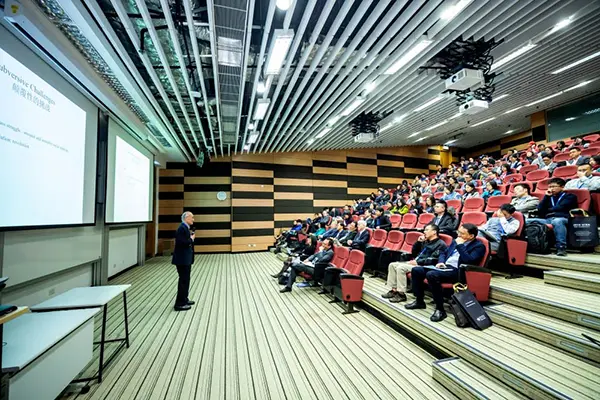
Summits live or die by pre-circulated materials. We’re talking white papers dense enough to double as doorstops, drafted and revised in a months-long dance with legal teams.
Miss the mark here, and your carefully curated CEOs spend the first-hour debating definitions instead of decisions. Conferences face the opposite strain: churning out digestible previews that tantalize without overwhelming.
A healthcare conference cracked this by sending speakers’ “hot takes” as 90-second video teasers—cutting registration attrition by 28%.
The Post-Event Hangover
Here’s where most planning disintegrates. Summit organizers often underestimate the diplomatic minefield of follow-ups.
That signed MOU means nothing if your general counsel takes three weeks to redline clauses the other party considers non-negotiable. Conferences generate a different kind of fallout: 1,200 exhausted guests clutching USB drives full of PDFs they’ll never open.
Smart teams now build post-event portals with session highlights tagged by department and seniority. It’s not sexy, but neither is explaining to your CFO why “networking opportunities” didn’t move the needle.
Risk’s Hidden Multipliers
Insurance for speaker cancellations? Standard. But what about the liability of a leaked summit recording tanking a stock price? Or is a conference panelist’s offhand remark going viral?
One tech conference had to retain a crisis comms firm on standby after realizing their AI ethics debate could trigger shareholder lawsuits.
Physical occasions bring their demons. A climate summit in Miami got slapped with six-figure fines because nobody checked local ordinances about reusable signage materials. Turns out, “sustainability” has very specific definitions in some municipalities.
The Cultural Tax
International summits aren’t just translation headsets and halal menus. A delegation from Berlin might expect working dinners to start at 7 PM sharp, while their São Paulo counterparts arrive at 8:30—and everyone’s too polite to mention it. These unspoken gaps derail more outcomes than any contract dispute.
Conferences absorb cultural friction differently. That 8 AM mindfulness workshop might play well in San Francisco but earn eyerolls in Singapore. Adaptability isn’t a line item—it’s baked into every design choice.
The Measurement Mirage
Tracking ROI isn’t about surveys. For summits, it’s the quiet uptick in cross-company project launches six months post-event. For conferences, it’s the help desk tickets triggered by teams implementing newly learned frameworks.
The real metric? How many internal stakeholders ask, “When’s the next one?” before you’ve even filed the expense reports?
Why This All Matters
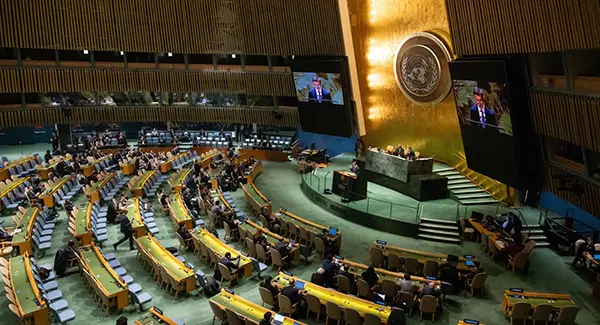
These considerations aren’t checkboxes—they’re the silent arbiters of your event’s legacy. Skimp on facilitator training, and your summit becomes a glorified panel discussion. Neglect post-event portals, and your conference content evaporates into the digital ether.
The organizations that nail this aren’t just throwing money at problems. They’re obsessing over the weight of each decision: How does this speaker choice affect our credibility? Does this catering selection undermine our DEI messaging? Every detail becomes a strategic variable.
It’s messy, unglamorous work. But get it right, and you’re not just hosting an event—you’re engineering a catalyst for what happens next.
The Host’s Dilemma: When to Choose a Summit Over a Conference (and Vice Versa)
Let’s cut through the theory—you’re not just attending events, you’re building one. Here’s what nobody tells you: choosing between holding a summit or conference isn’t about prestige or copying what competitors did last year.
It’s about answering one messy question: What’s your non-negotiable outcome? I worked with a fintech startup last year that almost burned $200k on a summit because their CEO loved the idea of “exclusivity.”
Trouble was, that their goal was lead generation. Summits? Terrible for that. You’re curating a room of peers, not prospects. They pivoted to a panel discussion at the last minute, added hands-on workshops, and landed 14 enterprise contracts from mid-level managers who had buying power.
The Two Levers That Matter:
- Audience Hierarchy (Not Size)
Summits demand vertical relevance—every attendee must share a specific pressure point. If your CMO, CFO, and a regulatory advisor wouldn’t all need the same whiteboard, it’s not summit material. Conferences thrive on horizontal relevance: “Anyone impacted by AI in healthcare” works because you can slice that into 10 tracks. - Decision Velocity
Are you fueling long-term industry shifts (summit) or immediate skill transfers (conference)? A cybersecurity client learned this the hard way. They planned a summit on quantum computing risks, only to realize 80% of participants wanted compliance checklists, not policy debates. Now they run lean quarterly conferences with templated playbooks.
The Budget Myth
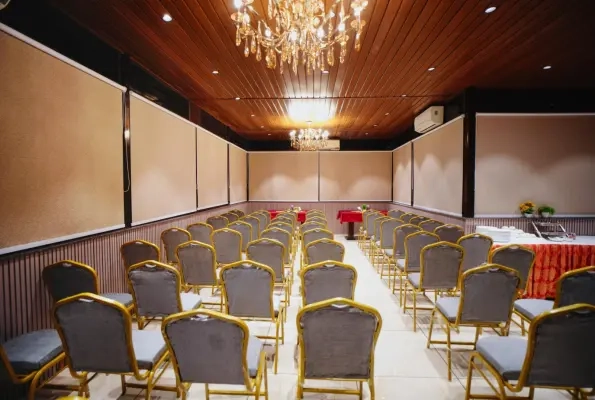
We all fret over venue costs, but the real drain is expertise bandwidth. Summits require 3x more pre-event calls to align speakers on deliverables (think: pre-negotiated joint statements). Conferences? You’re wrangling 45-minute talks and making sure the app doesn’t crash during Q&A.
Here’s the kicker: hybrid formats aren’t a cop-out. One association I know runs micro-summits (8-10 execs) quarterly via Zoom, then aggregates insights into an annual conference. It’s not perfect—some VIPs hate the lack of “event gravity”—but their engagement metrics doubled.
A dirty secret? 30% of “summits” should’ve been workshops. 40% of “conferences” are just trade shows with panels. Your format should disappoint you a little. If it doesn’t feel too specific, you’re playing it safe.
Measuring Impact and Success
Success metrics differ substantially between summits and conferences. Summit outcomes often take the form of formal agreements, joint statements, or strategic partnerships. The UN Climate Change Conference series demonstrates this through its focus on achieving specific policy pledges and action plans.
Conference success typically manifests through knowledge acquisition and network expansion. Dreamforce, Salesforce’s annual conference, measures success through metrics like session attendance, certification completions, and post-event implementation of learned practices.
Why Most Event ROI Dies Before Debrief (and How to Fix It)
Here’s the ugly truth nobody admits: the real work starts after the last guest leaves. I’ve seen a Fortune 500 team waste 1.2 million on a summit because they treated follow-ups like an HR checkbox. Their mistake, assuming high-level handshakes would magically turn into contracts.
Meanwhile, a scrappy SaaS company we advised turned a 30k regional conference into 7 enterprise deals by doing one thing right: they treated the occasion as Act 1.
Where Relationships Go to Rot
Summits create this artificial pressure cooker—CEOs bonding over whiskey, VPs swapping war stories. Then everyone flies home and… crickets. Why? No one prepares for the cold reality of re-entry.
At a private equity summit I helped salvage, we instituted a rule: every bilateral meeting had to end with “Who’s our bridge?” Not a vague “Let’s connect our teams,” but naming two lieutenants to email within 72 hours. Boring? Yes. Effective? Their deal flow increased 18% YoY.
The Silent Killer of Momentum
Conferences bombard attendees with content, then dump them back into overflowing inboxes. I worked with a healthcare org that tracked a sad pattern: 70% of collected business cards never got a follow-up. Their fix? Pre-scheduled nudges. Not the “Great meeting you!” crap—specific reminders tied to session conversations:
“You mentioned during the GDPR workshop that compliance training was eating 20% of your team’s time. Our CTO recorded this 4-minute Loom video answering your question about automated audits → [Link]”
The 48-Hour Rule (and When to Break It)

Conventional wisdom says strike while the iron’s hot. But summit relationships? They need breathing room. A fintech client learned this after bombarding a Central Bank governor with meeting requests post-summit. The response? Radio silence. We switched to sending curated industry analyses every 6 weeks—no asks, just value. Eight months later, the governor’s team initiated contact.
Conferences flip this script. That mid-level manager you met? They’re back at their desk under 200 unread emails. Wait 48 hours, and you’re buried. One pro tip: Have your sales team book “coffee chats” during the conference for the week after. It’s not sleazy—it’s respecting their calendar crush.
The Dirty Secret of “Action Items”
Post-event surveys lie. Everyone promises to implement learnings, but 83% of conference content gets forgotten in 3 weeks (based on our anonymized client data). The fix isn’t more follow-ups—it’s fewer, sharper ones.
Example: After a supply chain summit, instead of sending a generic “Here’s the deck!”, one client mailed physical notebooks with:
- 1 key insight handwritten per individual
- 3 blank pages labeled “My First Step”
- A pre-addressed return envelope (only 12% used it, but those led to 6 pilot projects)
The Future of Professional Gatherings
Recent global crises have accelerated the evolution of both formats. Virtual and hybrid elements now complement traditional in-person gatherings, expanding reach while maintaining core benefits.
The Consumer Electronics Show pioneered hybrid approaches that preserve high-value in-person interactions while expanding content accessibility.
Environmental considerations increasingly influence the ceremony design. Both summits and conferences now emphasize sustainable practices, from venue selection to materials use. This focus shapes everything from catering choices to transportation planning.
Making Strategic Choices
Organizations benefit most when they align event selection with specific objectives. A technology startup might prioritize conference participation to build market awareness and technical expertise. A multinational corporation might focus on summits to influence industry standards and build strategic partnerships.
The key lies in understanding how each format serves different organizational needs. Summits excel at high-level relationship building and strategic alignment but require significant investment and senior leadership time.
Conferences offer broader learning and networking opportunities, but demand careful planning to extract specific value. Success in either format requires clear objectives, appropriate resource allocation, and thorough preparation.
Organizations should consider their growth stage, resource constraints, and strategic priorities when choosing between summit and conference participation.
PRO TIP
For conference gatherings, you should have content variety and focus on attendee engagement. But for the summit, you need pre-event materials and delegate follow-ups!
Conclusion
The distinction separating summits and conferences reflects their different roles in professional development and industry evolution. Understanding these differences enables organizations to make informed choices about their participation in professional gatherings.
As these formats continue to evolve, maintaining clarity about their distinct purposes and values helps organizations maximize the benefits of their involvement.
